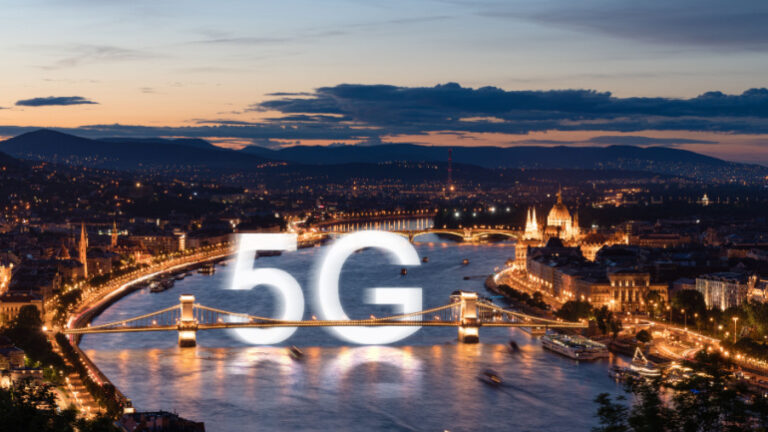Finland’s Elisa has made significant progress towards making 5G networks more robust for future technologies, successfully testing new uplink carrier aggregation technology. The test was conducted in collaboration with telecommunications giants Ericsson and Qualcomm and represents a quantum leap forward in preparing for the demands of the Metaverse and other advanced applications.
Elisa achieved an impressive upload speed of 230 Mbps by combining a segment of the 2.6 GHz spectrum with a large portion of the 3.5 GHz spectrum. The experiment was conducted on the company’s commercial 5G standalone network, and the device utilized Qualcomm’s Snapdragon X75 5G modem and leveraged Ericsson’s innovative software.
Ericsson’s Mårten Lerner highlighted the importance of this advancement for improving the user experience across a variety of applications, including live streaming and cloud gaming. Given Ericsson’s insight that uplink traffic, while currently only a small portion of total network traffic, is likely to increase with the popularity of applications requiring substantial upload capabilities, this The move is timely.
Elisa’s proactive approach to network strengthening extends beyond this test. The company has previously highlighted its efforts to lead in 5G innovation, working with Ericsson and Nokia to deploy technologies such as in-service software upgrades and cloud RAN trials. Elisa operates his 5G standalone networks in Finland and Estonia, setting benchmarks for network quality and readiness for the future digital environment.
This development is part of a broader trend, with other carriers such as Vodafone and Telefonica also considering uplink carrier aggregation to meet the evolving demands of digital communications and entertainment. As digital experiences become more immersive and data-intensive, innovations like this in 5G technology are essential to delivering the speed and reliability that users expect.



